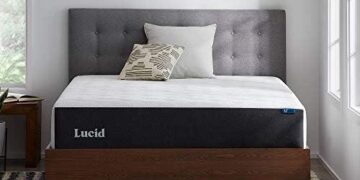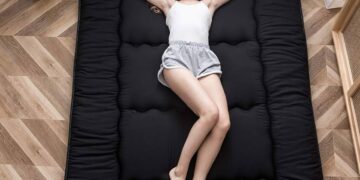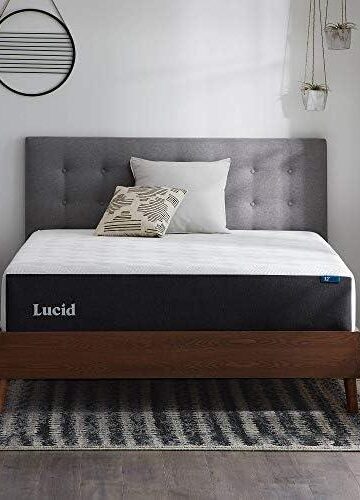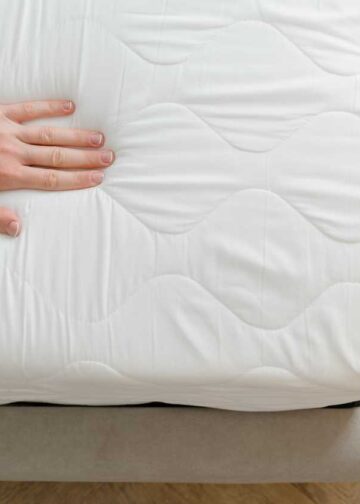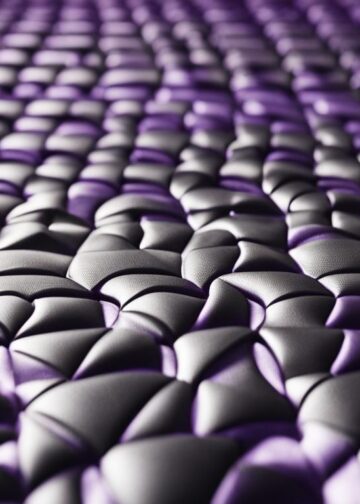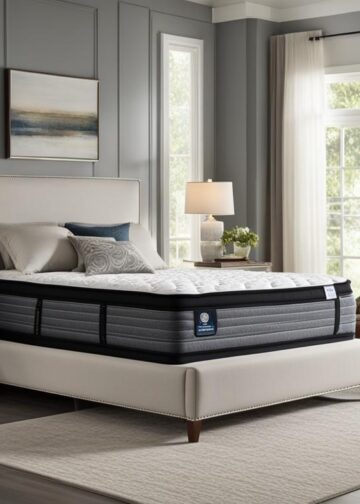Sleep Apnea is identified as a sleep disorder where breathing temporarily stops or becomes very shallow during sleep. A significant issue is these interruptions might range from a few seconds to several minutes in duration, and can occur repeatedly. Various types of sleep apnea yield different consequences.
![]()
Warning: This article merely offers basic information; please do not solely rely on it. Always seek guidance from a certified medical professional.
The prevalence of this disorder is such that 1 in every 5 adults experiences it, while 1 in 15 endures moderate to severe symptoms, affecting nearly 18 million Americans or about 20% of the population who require diagnosis and management for sleep apnea. The disorder is classified into three types as follows:
- Obstructive Apnea (OSA)
- Central Apnea (CSA)
- Mixed Apnea, a combination of both
In detail, OSA is noted as the most prevalent type and typically causes the affected individual to snore loudly and make choking noises as breathing resumes. Drowsiness and fatigue are common effects, disrupting normal sleep patterns.
In OSA, airflow is partially blocked, leading to interrupted airflow, whereas in CSA, breathing ceases altogether because of the body’s lack of respiratory effort. Diagnosing sleep apnea can also be quite challenging, requiring at least five episodes per hour for a clinical confirmation.
Causes of Sleep Apnea
OSA is commonly triggered by relaxations of the throat muscles intermittently during sleep, which obstructs air passage. Various other elements contribute to this disorder, including:
1. Muscular Changes
As mentioned, throat muscle relaxation significantly impacts this condition as it also causes the tongue to relax, narrowing the airway further. This interruption is distinct from normal breathing patterns.
2. Alcohol, Sedatives, and Tranquilizers
These substances, particularly in those with existing health issues, can disrupt sleep further leading to apnea episodes.
3. Smoking
Smoking directly impacts air circulation within the lungs and reduces nasal airflow, complicating the breathing process significantly.
4. Brain Function
An important factor in CSA where brain signaling errors disturb the regular rhythm and control of breathing. These imbalances might also arise from recent medication or sudden altitude changes.
Additional risks contributing to sleep apnea include:
5. Obesity
Over half the instances of sleep apnea are attributed to excessive weight, which compresses the upper respiratory tract.
6. Family History of Sleep Apnea
A family history of the disorder substantially heightens the risk of developing OSA.
7. Narrowed Airway
This could be due to congenital reasons, or enlarged tonsils and adenoids, which impede airflow and precipitate apnea.
Symptoms of Sleep Apnea
Often, those with apnea are oblivious to their condition; however, partners or family members can usually observe certain signs:
- Loud snoring
- Insomnia
- Frequent awakenings
- Morning headaches
- Dry mouth or sore throat upon awakening
- Gasping for air while asleep
- Impaired daytime focus
- Excessive daytime fatigue
- Low sexual desire
- Erectile dysfunction
Treatment of Sleep Apnea
The potential health risks from untreated sleep apnea include severe complications such as heart attacks, strokes, and depression.
Treatment strategies are influenced by two primary factors:
- The underlying causes of sleep apnea
- The severity of the disorder
Numerous therapies aim to normalize nocturnal respiration, including:
1. Continuous positive airway pressure (CPAP) therapy
For severe apnea, this method uses a mask to deliver pressurized air, keeping the airway open.
2. Surgery
Although generally a last resort, surgery can be tailored to the needs based on the severity and specific issues caused by the apnea.
3. Weight Loss
Significantly beneficial for apnea management, weight reduction has been proven effective.
4. Oral Appliance Therapy
These devices help maintain an open airway by repositioning the throat and jaw.
5. Nasal decongestant
Used as an adjunct to CPAP, altering air pressure settings can enhance comfort and efficacy.
6. Mandibular repositioning device (MRD)
This custom device holds the jaw forward during sleep, increasing space behind the tongue and improving airflow.
7. Enhancing Your Bedding
Optimal bedding supports better sleep, reassess if your mattress or pillow needs upgrading and consider the best mattress and pillow.
Complications
Sleep apnea is a critical issue that may lead to several severe health problems:
Fatigue
Frequent sleep interruptions commonly lead to significant daytime fatigue.
Complications with surgery and medications
Post-surgical respiratory issues are typical in those with OSA, potentially leading to further severe complications.
High Blood Pressure
OSA often exacerbates fluctuations in blood pressure, increasing hypertension risk.
As the prevalence of sleep apnea rises both in the U.S. and globally, timely medical intervention is crucial when symptoms manifest. Proper treatment alleviates symptoms and prevents further health complications.
- “Sleep Like Royalty: Discover the Lucid 12″ Cal King Mattress!” - February 14, 2024
- “Is Your Mattress Past Its Prime? Find Out Now!” - February 11, 2024
- Sleep Better Every Season: Seasonal Sleep Tips - January 26, 2024

